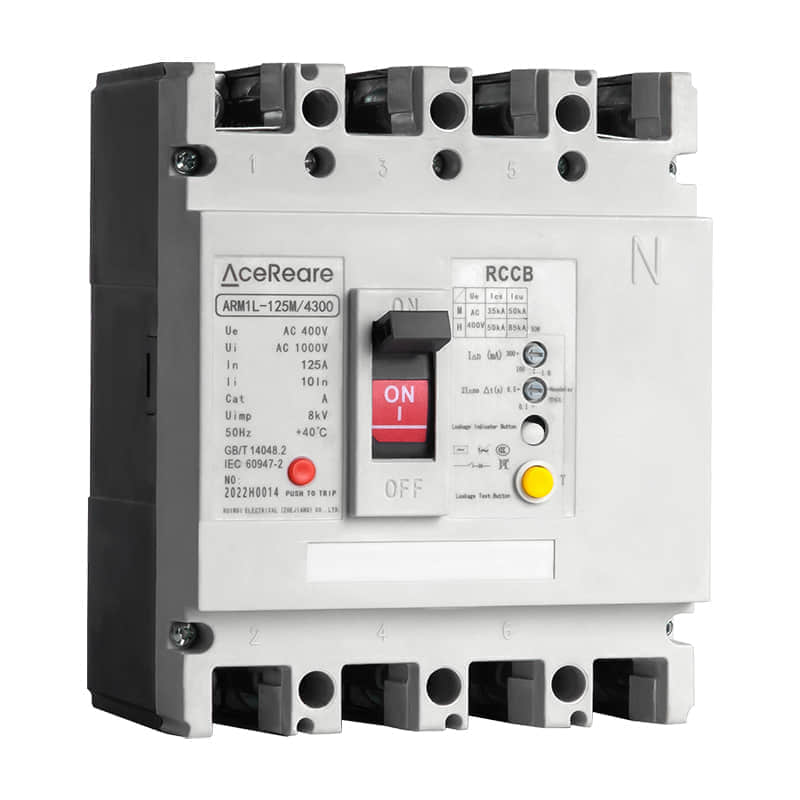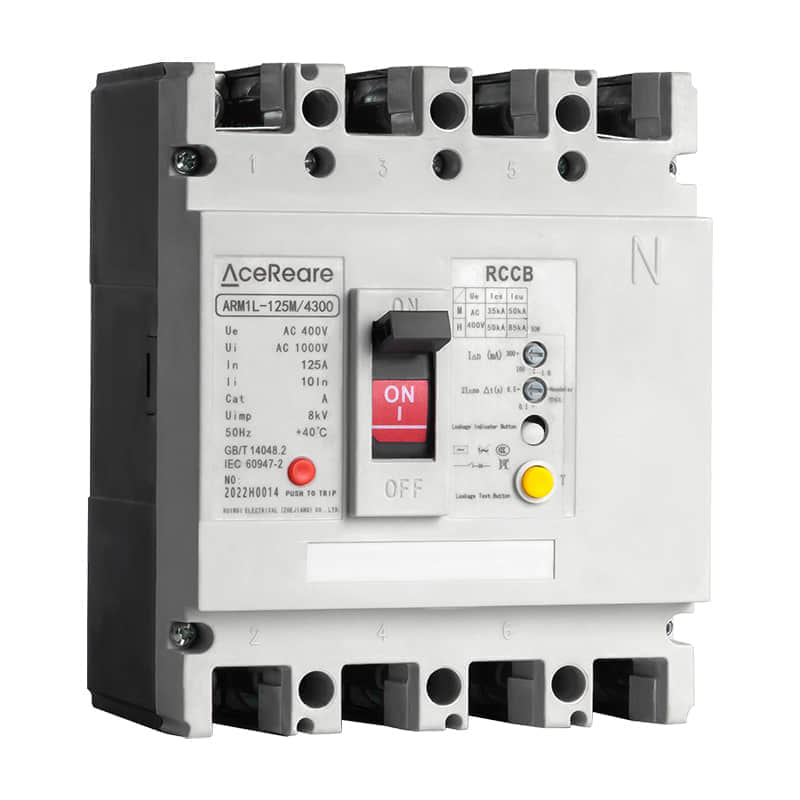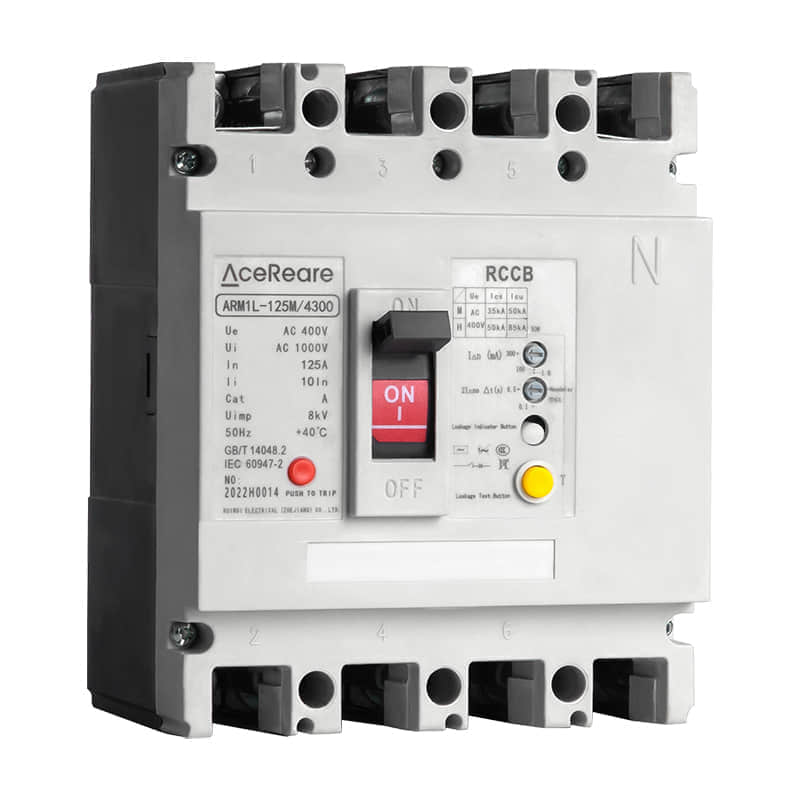Introduction

In the modern world, electricity is an essential part of our daily lives, powering our homes, workplaces, and industries. However, with the convenience of electricity comes the paramount importance of safety. Residual Current Circuit Breakers (RCCBs) have emerged as a crucial component in electrical systems, providing enhanced protection against electrical shocks and potential hazards. This article delves into the significance of RCCBs, their functioning, types, and the role they play in ensuring electrical safety.

Understanding RCCBs A Residual Current Circuit Breaker, commonly known as an RCCB, is an electrical device designed to protect against electric shock by detecting and interrupting abnormal currents. It offers an additional layer of safety beyond traditional circuit breakers. RCCBs are particularly sensitive to small leakage currents that might occur due to insulation failures or direct contact with electrical conductors. By rapidly disconnecting the circuit when such currents are detected, they prevent potentially fatal electric shocks. Functioning of RCCBs RCCBs work on the principle of monitoring the imbalance between the live and neutral currents in a circuit. In a balanced electrical system, the current flowing through the live wire should be equal to the current returning through the neutral wire. However, if there is a leakage of current, possibly through a person or faulty insulation, an imbalance occurs. The RCCB continuously measures this imbalance, known as residual current. If the detected residual current exceeds a preset threshold, the RCCB trips and disconnects the circuit in a fraction of a second, averting the risk of electric shock. Types of RCCBs AC Type RCCBs:These are designed to detect and protect against alternating current (AC) leakage faults. They are suitable for most residential and commercial applications where the primary source of electrical supply is AC. A Type RCCBs:These provide protection against both alternating current (AC) and pulsating direct current (DC) leakage faults. They are commonly used in environments where electronic equipment and devices are present. B Type RCCBs:These offer comprehensive protection by detecting all types of residual currents, including AC, pulsating DC, and pure DC. They find application in specialized industrial setups and medical facilities where varying types of equipment demand a higher level of protection. The Role of RCCBs in Electrical Safety RCCBs significantly enhance electrical safety in various ways: Protection Against Electric Shock:RCCBs are the first line of defense against electric shocks, providing fast and reliable disconnection of the circuit when abnormal currents are detected. Fire Prevention:Electrical faults, such as insulation breakdown, can lead to fires. RCCBs mitigate this risk by identifying and isolating faults before they escalate into hazardous situations. Safeguarding Humans and Animals:RCCBs protect not only humans but also animals from electric shock, making them invaluable in agricultural and industrial settings. Reducing Electrocution Risk:In wet or damp environments, the risk of electric shock is higher. RCCBs are particularly vital in such scenarios as they can detect even small leakage currents that might go unnoticed. Conclusion Residual Current Circuit Breakers (RCCBs) play an indispensable role in ensuring electrical safety by swiftly detecting and interrupting abnormal currents. As technology advances and our reliance on electricity grows, the importance of RCCBs in preventing electric shocks, fires, and other potential hazards cannot be overstated. Selecting the appropriate type of RCCB based on the specific requirements of an application is crucial to creating a secure electrical environment. In a world where electrical safety is paramount, RCCBs provide the necessary protection for both residential and industrial settings.
